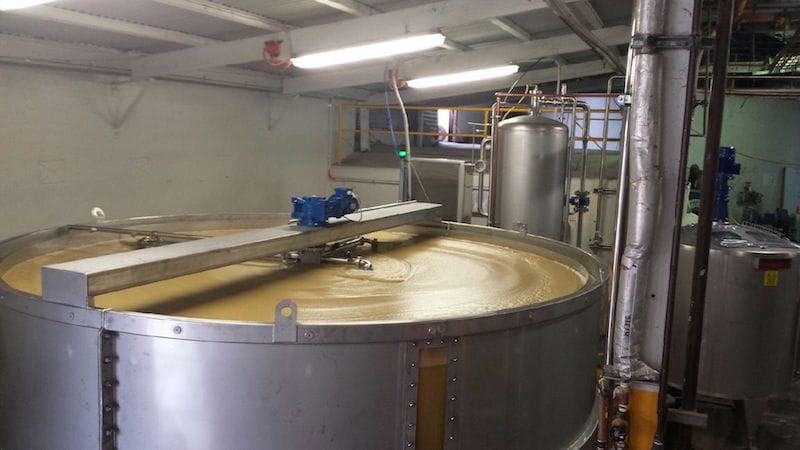
SPONSORED
How long does a high solids crossflow (HSXF) investment take to pay for itself? Some suppliers quote months; others, five years. Some winemakers say it can take more than 10 years. The wine industry is calling HSXF the ‘Holy Grail’ of winery technology, with take-up of the technology growing amid claims winemakers won’t be able to live without it.
Paul Baggio, managing director of Della Toffola Pacific, has asked customers who have purchased HSXF units, how they measured payback on their investments. This is what he found:
- Wine quality extracted from wine lees via HSXF is significantly higher in comparison to wines recovered by rotary drum vacuum filters (RDV). “The wine extracted from Omnia HSXF can move a bottle of wine a number of price category tiers higher, for example a $5 bottle would move in quality comparisons to a $15 to $20 bottle,” Paul said.
- A common discussion among customers seeking to invest in Omnia HSXF surrounds the removal of RDV from the winery. Delegat achieved this two years ago, eliminating diatomaceous earths (DE/Perlite) which poses a significant annual cost to the business inventory and management. “OHS risks have been long-dismissed by the industry, yet with technologies increasingly available to mitigate carcinogens being ingested in the workplace, legal implications are mounting,” Paul said. “Damage to RDV equipment and surrounding equipment caused by earth dust permeating into engine parts is incurring annual costs to maintenance, parts, down time and plant replacement. And disposal of waste perlite and earths impose significant annual costs, and they will only increase.”
- Savings to investments via wastewater was a surprising benefit seen by Yealands Wine Estate in New Zealand, which identified significant infrastructure cost savings to wastewater management. “Yealands directly attributed the processing shift of their juice lees and float caps from RDV and tank static clarification to having invested in Omnia HSXF as the reason that wastewater loadings had reduced while volumes in production increased,” Paul said.
- Treatments such as bentonite, carbon, PVPP and KHT can be dosed via Omnia and or continuous flotation through Omnia. “Dosing inline provides improvements to winery operations, with reduction, if not elimination, of the usual multiple tank movements of juices and wines,” Paul said. “Traditional processes and wine additive additions typically incur allege, yield and quality compromises. Wineries have invested significantly just on designs for inline dosing systems. Omnia and continuous flotation allow additive additions to be made as part of the process flow of Omnia and continuous flotation as standard.”
- The overall winery look and feel is cleaner. “Indevin and Delegat identified that the technology improved the working environment, making it a cleaner and more attraction work space, leading to better retention of human resources.” Paul said.
- Juice and juice concentrate sterile filtration is easily performed with Omnia HSXF. “Consider the advantages for add-backs and the ability to store juices and concentrates longer and keep them fresher,” Paul said.
- Existing centrifuge and wine crossflow retentate discharges are able to be recovered to high concentrations, gaining additional yield.
- Tank filtrations off the bottom valve maximises winery yields and winery operations, reducing the need for tank movements and tank CIP waste loadings that currently get washed to drain.
- Inline cold stab tartrate filtration off the bottom valve. “Giesen found this offered more effective winery processing,” Paul said. The Omnia is able to process PVPP, KHT, Bentonite and Carbon and offers a genuine solution for winemakers seeking to limit the number of movements of their wines,” Paul said.
- Omnia ceramic membrane HSXF operates as any ordinary wine crossflow filter. Unlike many other HSXF units on offer, the Omnia does not require prior concentrating of wine products or lees prior to feeding to the filter inlet so as to enable their filters to operate effectively. “You can gain an additional winery crossflow filter,” Paul said. “When no further high solids separation/clarification work is required at the winery, the Omnia becomes an additional crossflow wine filter to be utilised as winery demands dictate.”
Indevin is soon to receive delivery of three Omnia HSXF 170/67. Orlando, Yealands and Delegat have eight between them. Smaller wineries like Tahbilk, Campbells and Chambers are processing high solids through smaller Omnia HSXF 85/34 units. “These wineries have all made the financial case for investing in Omnia Ceramic membrane high solids crossflow technology,” Paul said.
If you want to know more about Omnia HSXF or talk to the wineries mentioned in this article who are using the technology, phone 0412 251 975.
For more information please visit www.dtpacific.com
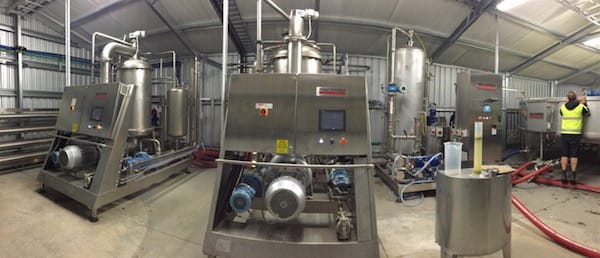
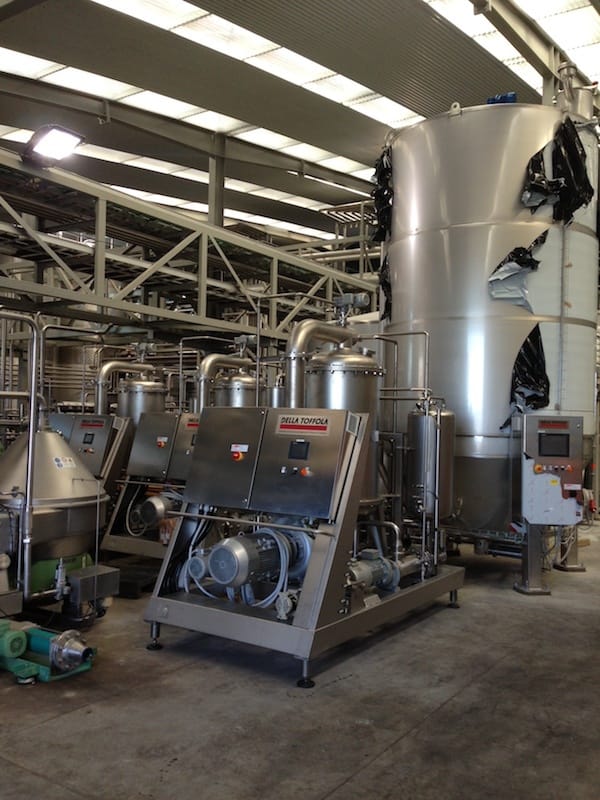
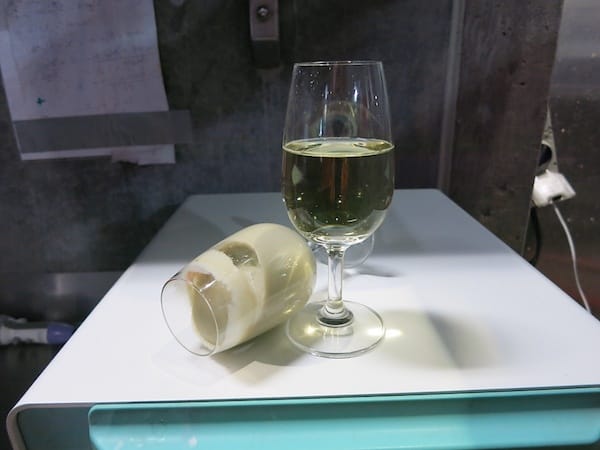


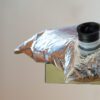



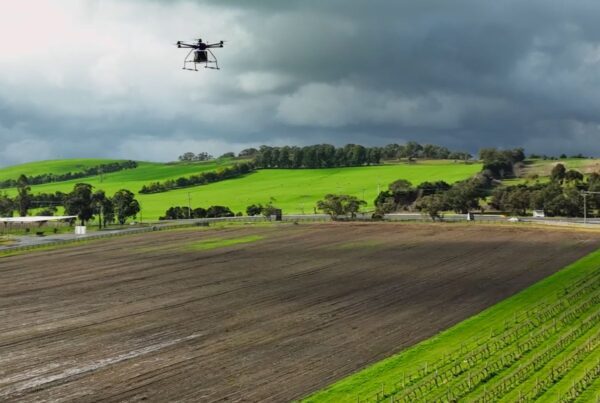


Recent Comments